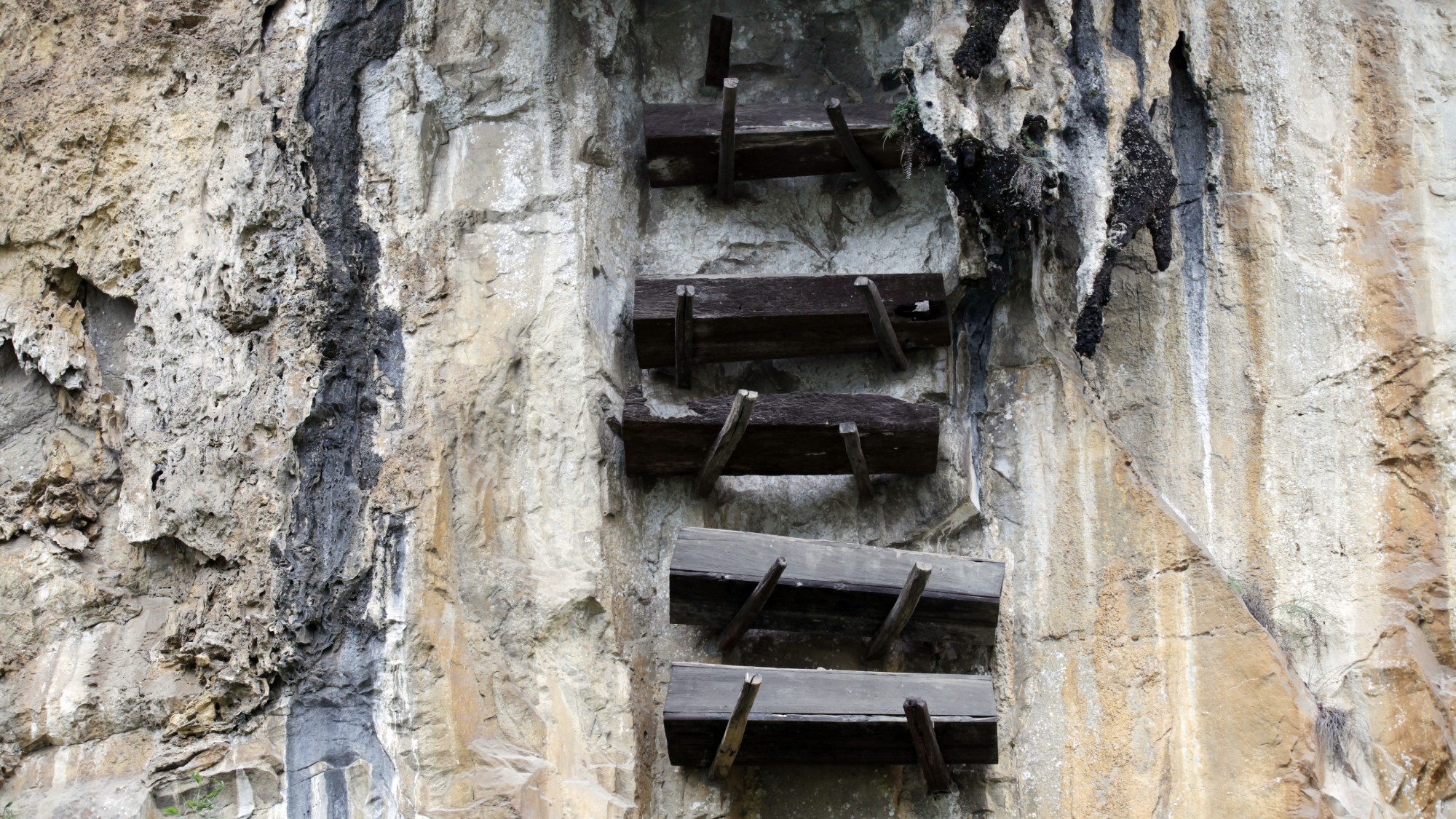Exhibit of the week: In Wonderland: The Surrealist Adventures of Women Artists in Mexico and the United States
Something curious happened as surrealism found its way to the Americas.
Los Angeles County Museum of Art
Through May 6
Surrealism was once such a man’s game, said Celia McGee in W. Following the lead of founding father André Breton, the movement’s earliest male practitioners “cast women as passive muses, muted subjects, and erotic playthings.” Yet something curious happened as surrealism found its way to the Americas: A wave of female artists laid claim to the aesthetic and began turning out bizarre, dream-like works of their own. LACMA’s perception-altering new exhibition showcases the works of Frida Kahlo, Dorothea Tanning, Leonora Carrington, and 44 other female surrealists whose “travels into the subconscious were no less imaginative, bizarre, or groundbreaking than those of the men.” If anything, their art was “more personal and tormented.”
The Week
Escape your echo chamber. Get the facts behind the news, plus analysis from multiple perspectives.

Sign up for The Week's Free Newsletters
From our morning news briefing to a weekly Good News Newsletter, get the best of The Week delivered directly to your inbox.
From our morning news briefing to a weekly Good News Newsletter, get the best of The Week delivered directly to your inbox.
Consider my mind bent, said Christopher Knight in the Los Angeles Times. Conventional wisdom defines surrealism as a pre–World War II phenomenon that arose in response to Europe’s wars and pat bourgeois values. Well, “not quite.” In the New World, artists continued to produce surreal imagery for several more decades as a vehicle for self-invention and empowerment. “For women, the artistic possibilities were especially rich.” Consider the show’s “most riveting” picture, Tanning’s Birthday (1942). The artist painted herself not as a docile beauty, but as a glaring, bare-breasted sorceress accompanied by a deadly mythical creature called a basilisk. Kahlo, the show’s biggest name, meanwhile put a surreal twist on the traditional Mexican wedding painting. The Two Fridas (1939) is a double self-portrait in which a single artery connects the exposed hearts of Kahlo’s likenesses. Coming in the wake of her stormy divorce from Diego Rivera, it expresses the artist’s apparent determination to marry herself.
Obviously, these women “could be witty,” said Alexandra Cheney in The Wall Street Journal. Where European surrealism eschewed humor, the American version reveled in it—as you can tell just by the title of Remedios Varo’s Woman Departing from the Psychoanalyst’s Office (1960). Breton must be rolling in his grave, said William Poundstone in ArtInfo.com. Confronted with LACMA’s show, he’d likely argue that the Americans “didn’t ‘get’ surrealism,” and he “certainly would have frowned at the idea of humor in a surrealist painting.” Still, he would have approved of the shock value in two paired Lee Miller photographs. Miller, who’d once been Man Ray’s lover, smuggled an amputated breast out of a medical school and photographed it on a dinner plate. “Admire it or shudder,” it’s surrealism at its most jarring.
A free daily email with the biggest news stories of the day – and the best features from TheWeek.com
-
 The curious history of hanging coffins
The curious history of hanging coffinsUnder The Radar Ancient societies in southern China pegged coffins into high cliffsides in burial ritual linked to good fortune
-
 The Trump administration says it deports dangerous criminals. ICE data tells a different story.
The Trump administration says it deports dangerous criminals. ICE data tells a different story.IN THE SPOTLIGHT Arrest data points to an inconvenient truth for the White House’s ongoing deportation agenda
-
 Ex-FBI agents sue Patel over protest firing
Ex-FBI agents sue Patel over protest firingspeed read The former FBI agents were fired for kneeling during a 2020 racial justice protest for ‘apolitical tactical reasons’